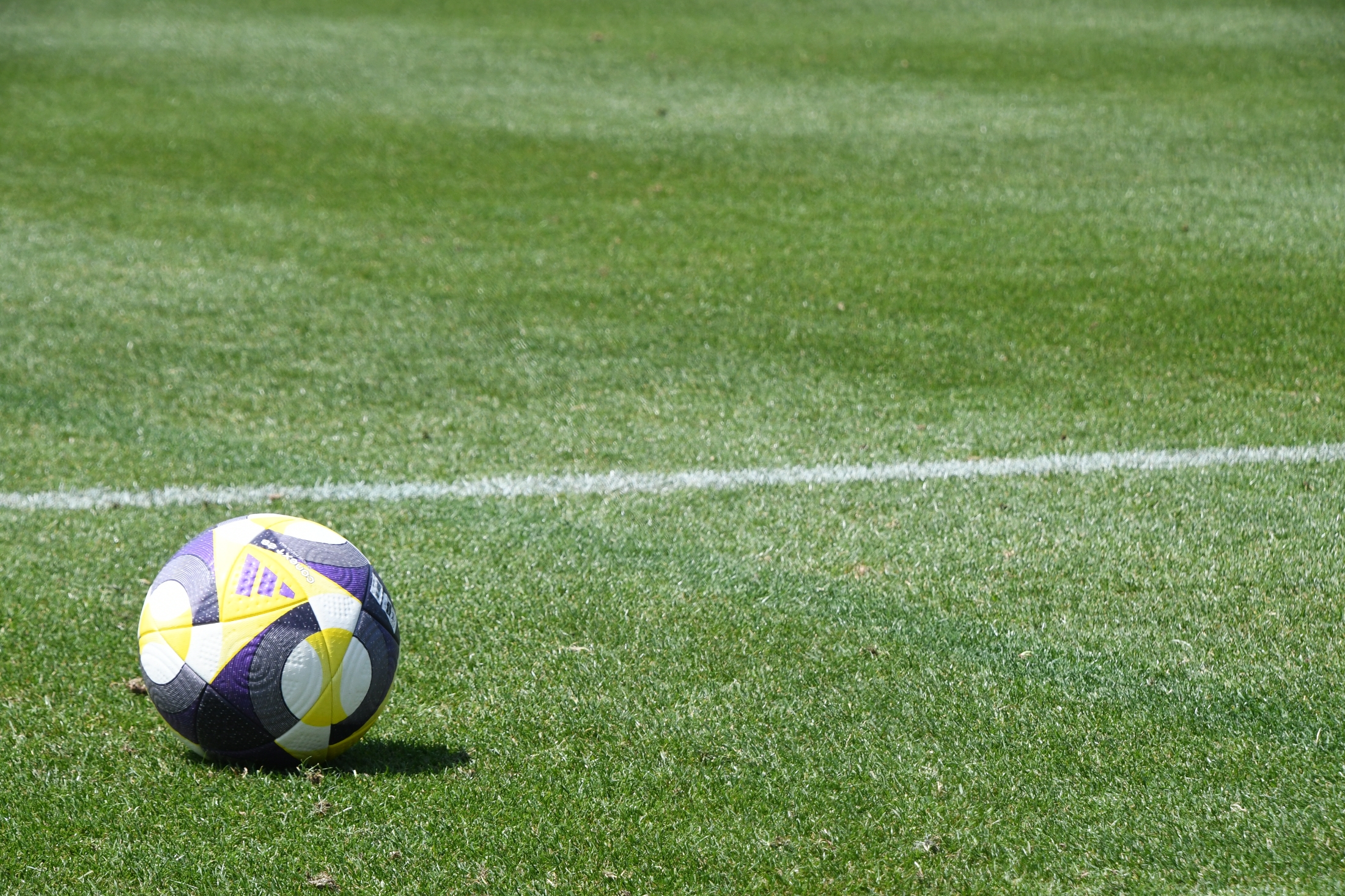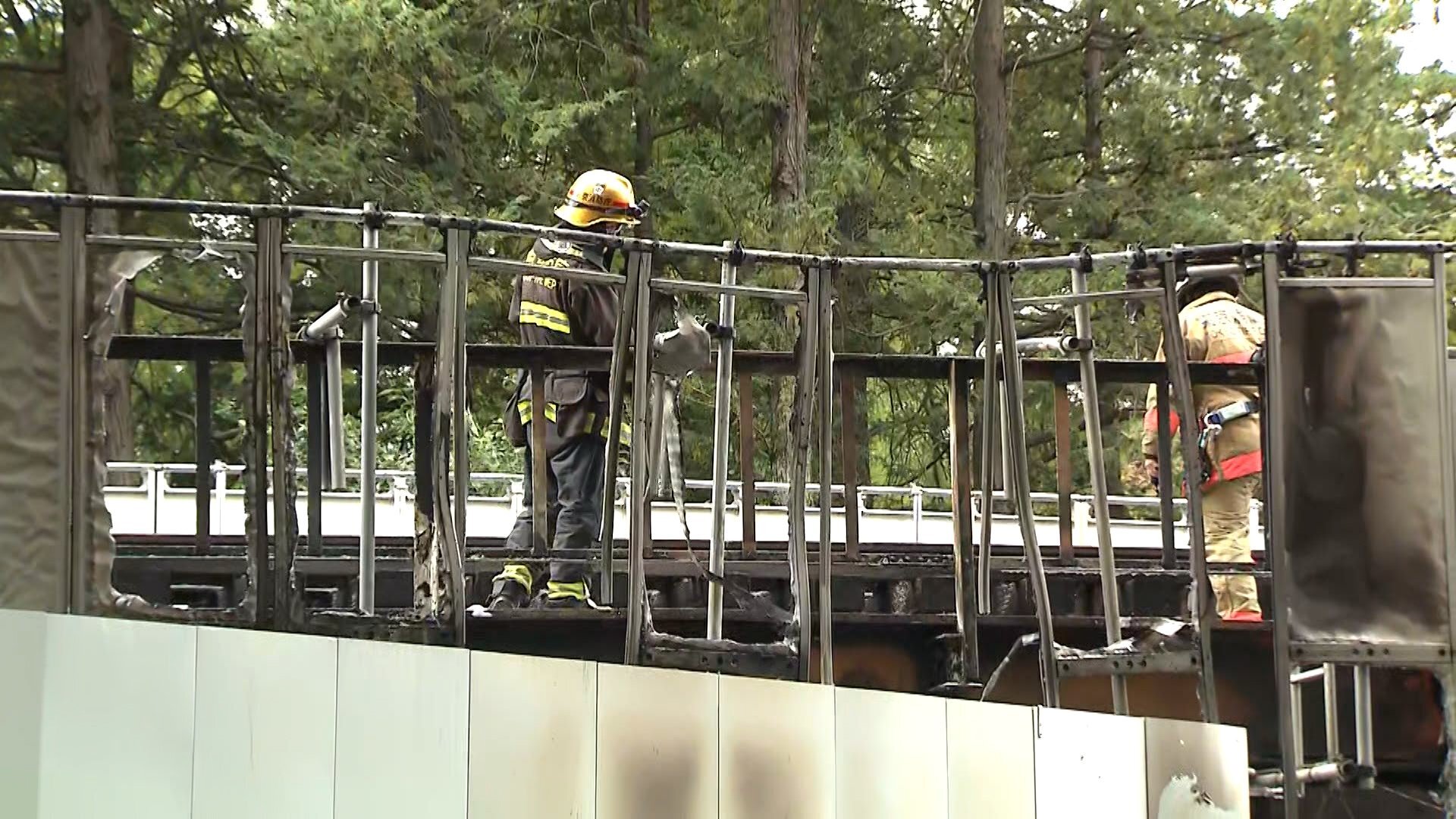
BELEM, Brazil (AP) — The world's climate leaders are conceding that Earth's warming will shoot past a hard limit they set a decade ago in hopes of keeping the planet out of a danger zone. But they're not conceding defeat.
United Nations officials, scientists, and analysts are pinning their hopes on eventually forcing global temperatures back below the red line they set in the 2015 Paris Agreement, which sought to limit warming to 1.5 degrees Celsius (2.7 Fahrenheit) since preindustrial times.
Busting that limit and then coming back down is called “overshoot." In the way climate science uses the term, it doesn't mean zooming by a red line and never looking back — it's all about seeing the line in the rear view mirror and making a U-turn to get back to lower temperatures.
After years of considering the 1.5 mark a strict no-go situation, officials have in the past few weeks started talking about limiting the time and magnitude of Earth's stay in the danger zone.
The 1.5 figure is based on temperatures averaged over a decade.
‘It’s not a target, it’s not a goal, it’s a limit’
Many scientists have said it's inevitable the 1.5 degree mark will be passed. The mark won't be considered breached until Earth goes beyond it over a 10-year average. It stands now at about 1.3 degrees Celsius (2.3 degrees Fahrenheit), and last year alone actually exceeded the 1.5 mark.
It may be inevitable, but it won't be pretty, they say.
“We have a real risk of triggering irreversible changes in Earth systems when we breach 1.5,’’ said Johan Rockstrom, director of Germany's Potsdam Institute for Climate Research and a science advisor to the U.N.'s annual climate conference currently being held in the Brazilian Amazon city of Belem.
Those risks include global extinction of coral reefs and exponential growth of killer heat waves. There's also a risk of triggering tipping points for irreversible changes, such as drying out the Amazon rainforest, melting ice sheets in Greenland and Antarctica and maybe even shutting down the entire Atlantic ocean current system, said Rockstrom and Climate Analytics CEO Bill Hare. Similar concerns were raised in a special 2018 U.N. report that showed how 1.5 starts the danger zone.
“In Belem, we have more scientific evidence than we had 10 years ago that 1.5 is a real limit. It’s not a target, it’s not a goal, it’s a limit, it’s a boundary,” Rockstrom told The Associated Press. “Go beyond it, we increase suffering of people, and we increase risk of crossing tipping points.”
Likely to be a breach
For the past few years, scientists have said while it's technically possible for the world to stay at or below 1.5, it's not realistic. They calculate the planet is on pace for 2.6 degrees Celsius (4.7 degrees Fahrenheit) of warming since the mid-1800s, which ushered in the Industrial Revolution and a massive uptick in burning of fossil fuels like coal, oil and gas.
For years, U.N. officials have insisted that 1.5 is still alive. But now, even though they insist the goal is still pertinent, those same leaders in the last few weeks have acknowledged that it will likely be breached in coming years or decades.
“The science is clear: We can and must bring temperatures back down to 1.5 Celsius after any temporary overshoot,” U.N. climate chief Simon Stiell said as this year's conference began.
U.N. Secretary-General Antonio Guterres, speaking in Geneva last month, was even more blunt, though he added hope.
“Overshooting is now inevitable, which means that we are going to have a period, bigger or smaller, with higher or lower intensity, above 1.5 degrees in the years to come,” Guterres said. “Now, that doesn’t mean that we are condemned to live with 1.5 degrees lost. No.”
U.N. officials said the goal of the 1.5 mark should remain even after the world breaches that mark because it's a target worth keeping.
Overshoot is fallback position
The idea behind overshoot is that temperatures will push past the 1.5 mark, but will be reduced over time. The hope is that once the world stops putting heat-trapping gases in the atmosphere from burning coal, oil and natural gas, that natural carbon sinks such as trees and oceans that suck the carbon pollution out of the air will bring levels down. There's also hope that new technologies will pull carbon dioxide out of the air.
Once the concentration of carbon in the air goes down, so will temperatures — eventually. A lot depends on technology that isn't yet available at any scale large enough to help.
“Without carbon dioxide removal it is simply impossible to manage the overshoot scenario," said Ottmar Edenhofer, chief economist at the Potsdam Institute for Climate Research and chairman of the European Scientific Advisory Board on Climate Change.
Scientists don't know exactly when and where the danger kicks in during overshoot, nor which is more dangerous: spending a longer period above 1.5 degrees Celsius warming, or warming to levels much higher than 1.5.
But they do know the world is likely to be in that zone for decades.
The latest analysis by scientists with Climate Action Tracker shows that if the world does everything possible to reduce emissions — something it has never done — global temperatures are likely to breach 1.5 degrees around 2030. The study found they would peak around 1.7 degrees Celsius (3.1 degrees Fahrenheit) and not fall back under until the 2060s.
But the world's present course is not for a small overshoot, but rather a complete miss, with temperatures still rising in 2100, Hare said.
“Ten years ago we had a more orderly pathway for staying away from 1.5 Celsius entirely, basically with low or no overshoot," Rockstrom said. “Now we are 10 years later, we have failed.”
___
The Associated Press’ climate and environmental coverage receives financial support from multiple private foundations. AP is solely responsible for all content. Find AP’s standards for working with philanthropies, a list of supporters and funded coverage areas at AP.org.
 5 Side interests That Work on Psychological wellness
5 Side interests That Work on Psychological wellness Number_i、新曲の “差別表現” が物議…「ポカホンタス」安易な使用に専門家は「注意が必要」と指摘、TOBEの回答は?(SmartFLASH)
Number_i、新曲の “差別表現” が物議…「ポカホンタス」安易な使用に専門家は「注意が必要」と指摘、TOBEの回答は?(SmartFLASH) J1昇格いまだ決まらず…残り2節のJ2が異例の大混戦 8位鳥栖まで可能性 次節運命の首位攻防戦 水戸&長崎の昇格条件は(西スポWEB OTTO!)
J1昇格いまだ決まらず…残り2節のJ2が異例の大混戦 8位鳥栖まで可能性 次節運命の首位攻防戦 水戸&長崎の昇格条件は(西スポWEB OTTO!) 今森茉耶、20歳未満飲酒でsejuマネジメント解除 「ゴジュウジャー」でブラック役(スポーツ報知)
今森茉耶、20歳未満飲酒でsejuマネジメント解除 「ゴジュウジャー」でブラック役(スポーツ報知) The Advancement and Effect of Dental Embed Innovation on Oral Wellbeing
The Advancement and Effect of Dental Embed Innovation on Oral Wellbeing 冷凍ホタテ、中国への輸出再開 日本産水産物の輸入全面中止後初(毎日新聞)
冷凍ホタテ、中国への輸出再開 日本産水産物の輸入全面中止後初(毎日新聞) A definitive Manual for Picking Electric Vehicle: Decision in favor of Your Number one
A definitive Manual for Picking Electric Vehicle: Decision in favor of Your Number one 京王井の頭線きょうは始発から通常運転 線路内で起きた火事で14時間運転見合わせ(FNNプライムオンライン(フジテレビ系))
京王井の頭線きょうは始発から通常運転 線路内で起きた火事で14時間運転見合わせ(FNNプライムオンライン(フジテレビ系)) Don’t let food poisoning crash your Thanksgiving dinner
Don’t let food poisoning crash your Thanksgiving dinner













